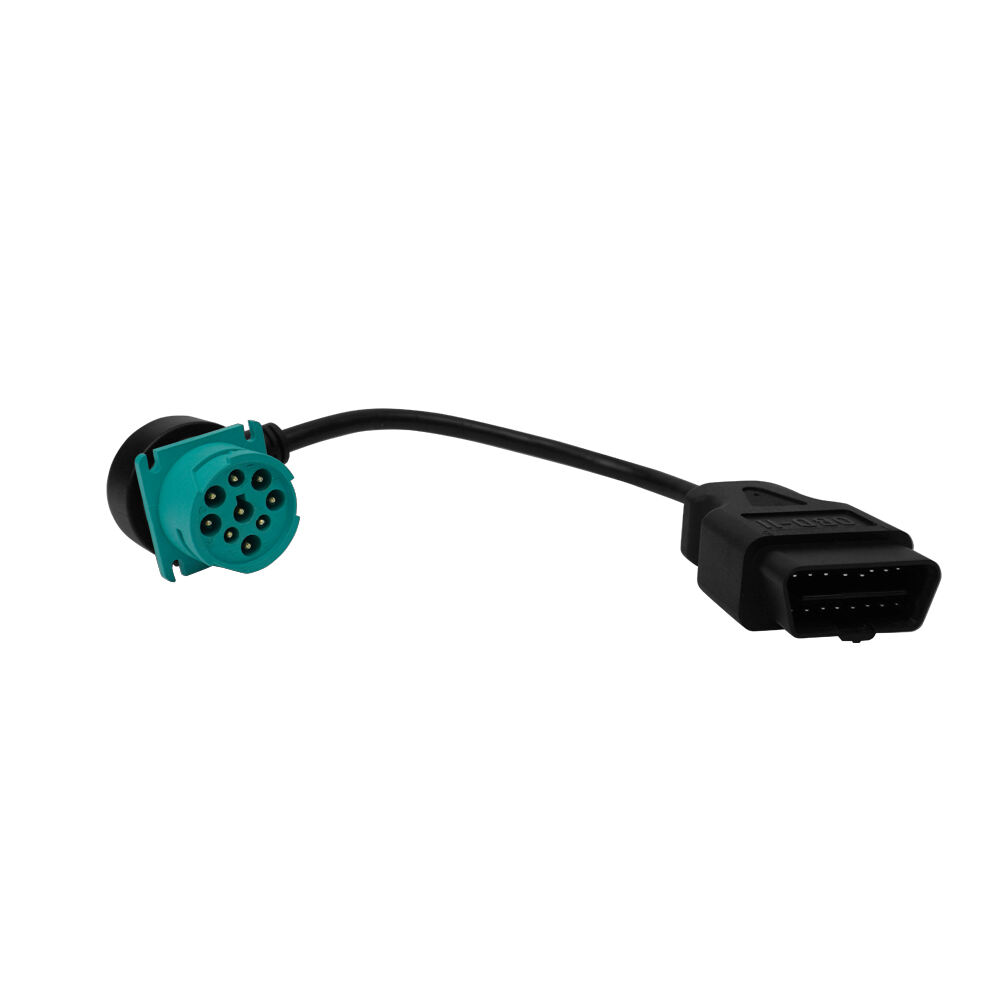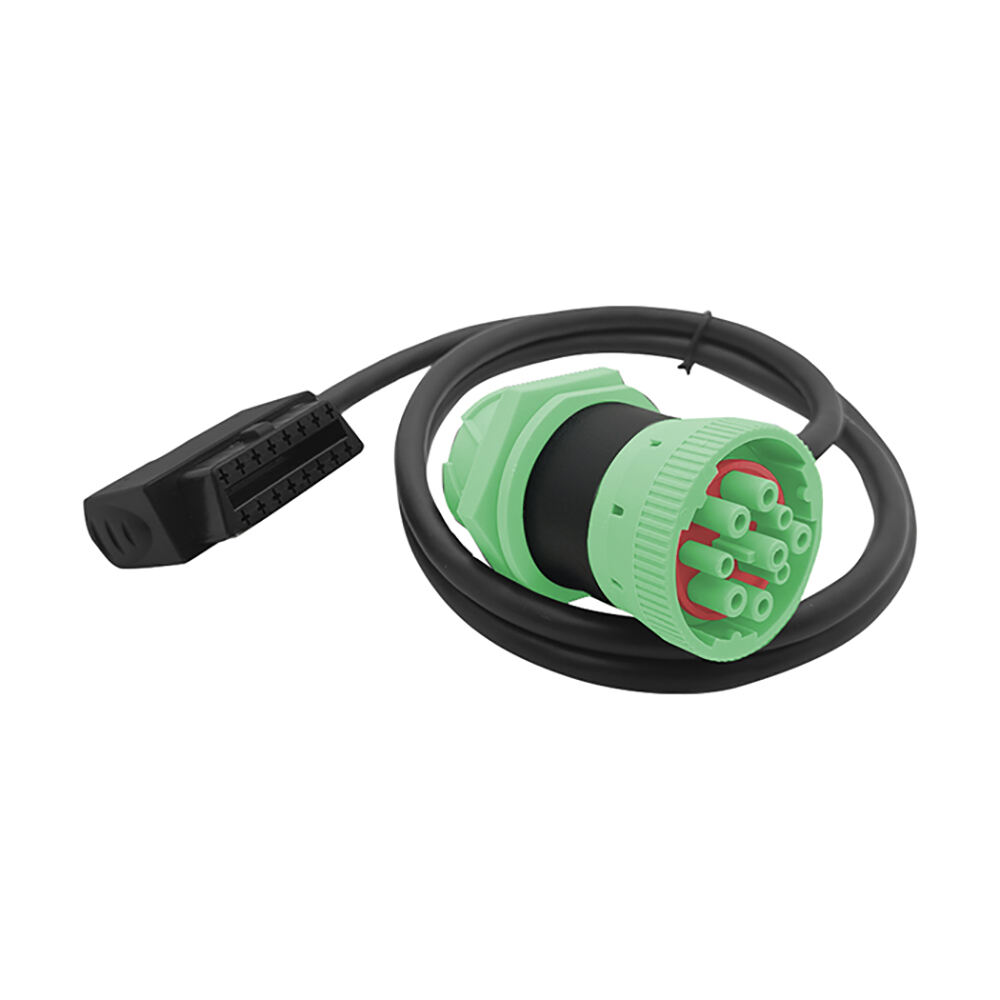obd2
The OBD2 (On-Board Diagnostics II) system represents a significant advancement in vehicle diagnostics and monitoring technology. This standardized system, mandatory in all vehicles manufactured after 1996, serves as a sophisticated computer system that continuously monitors your vehicle's performance. The OBD2 system employs multiple sensors throughout the vehicle to collect real-time data about engine performance, emissions systems, transmission function, and various other critical components. When issues arise, the system generates specific trouble codes that help identify the exact nature of the problem. These diagnostic trouble codes (DTCs) can be easily accessed using OBD2 scanners, which range from simple code readers to advanced diagnostic tools. The system monitors crucial parameters including fuel mixture, engine timing, ignition system performance, and emissions control systems. Additionally, it provides valuable data about vehicle speed, engine RPM, oxygen sensor readings, and fuel system status. This comprehensive monitoring capability makes the OBD2 system an indispensable tool for both professional mechanics and car enthusiasts, enabling quick and accurate diagnosis of vehicle issues, reducing repair times, and potentially saving significant maintenance costs.


